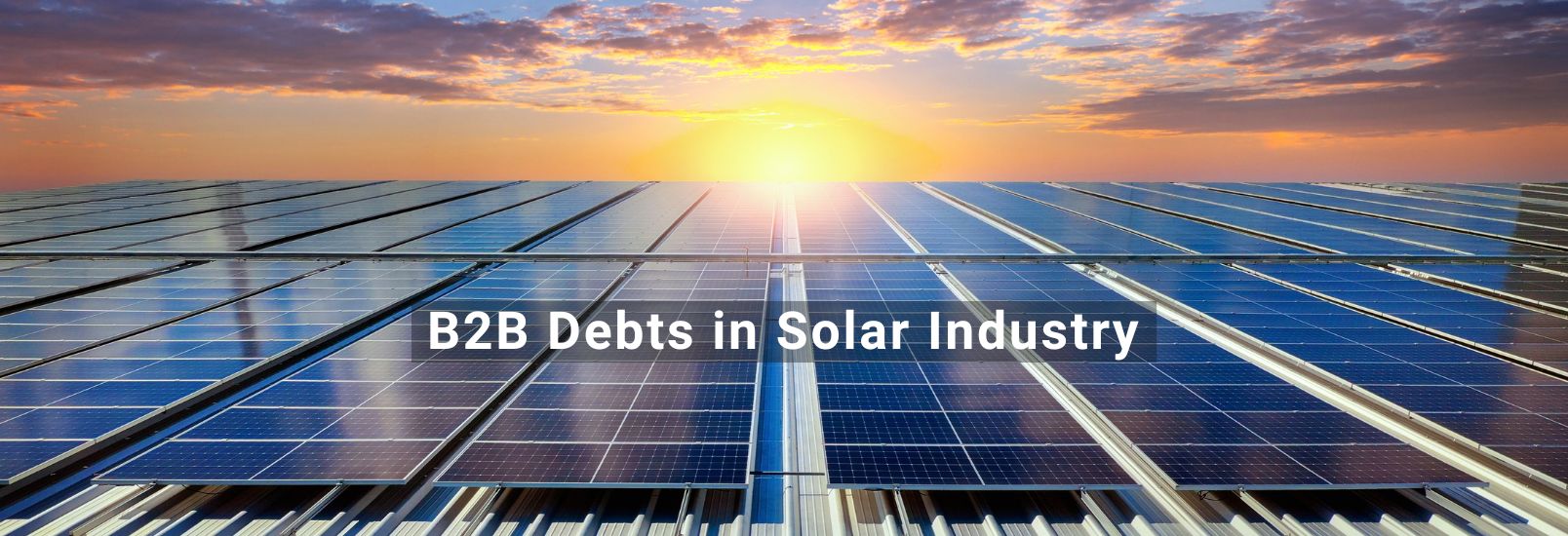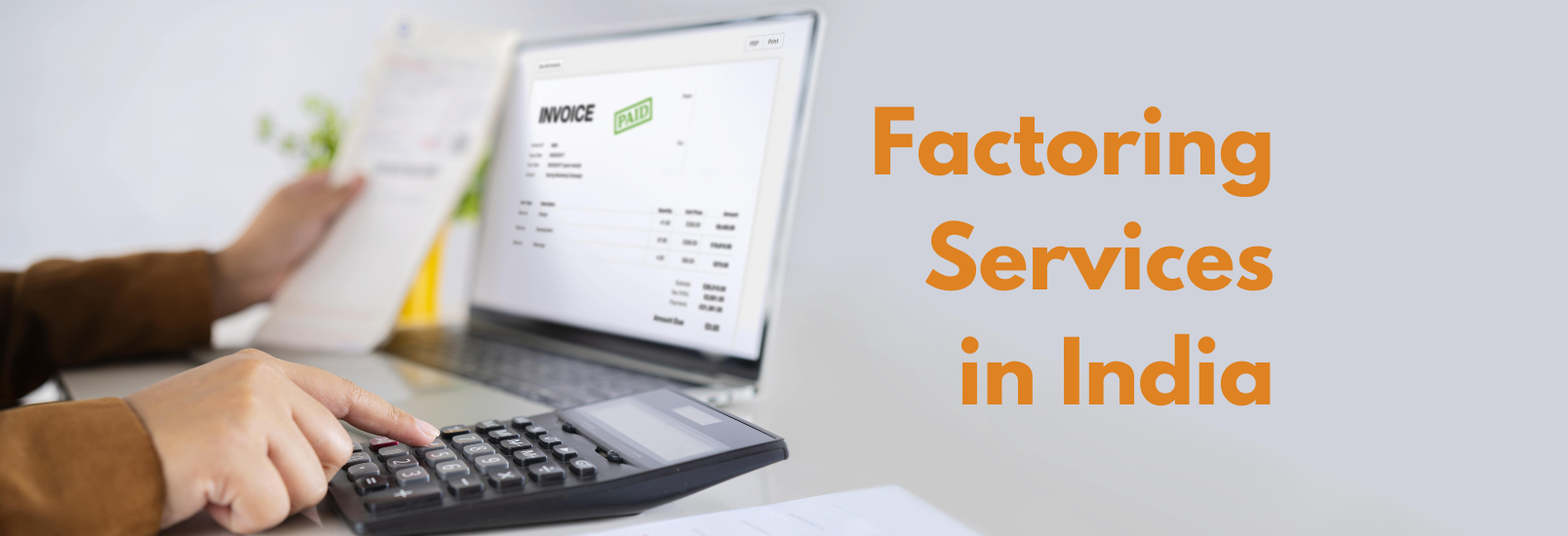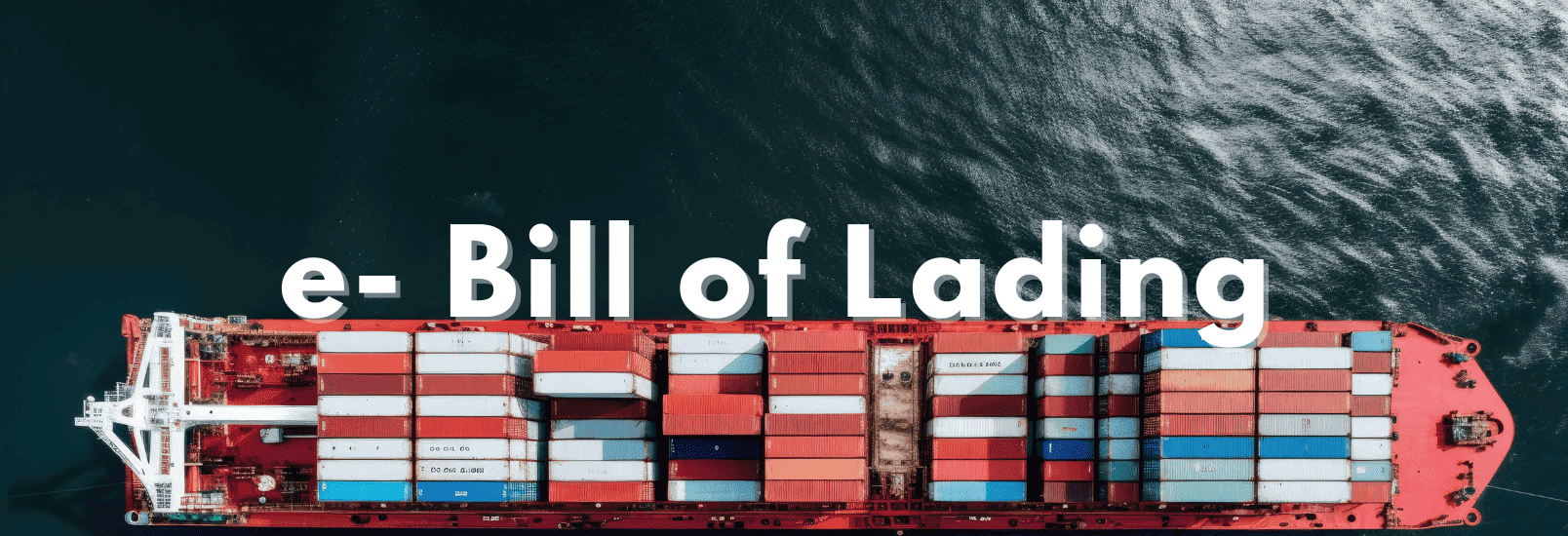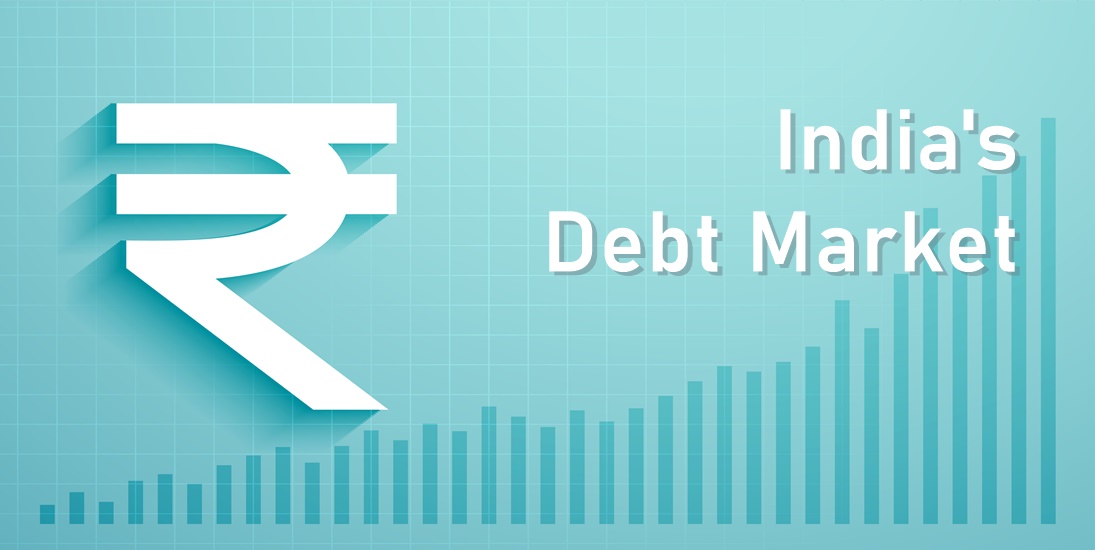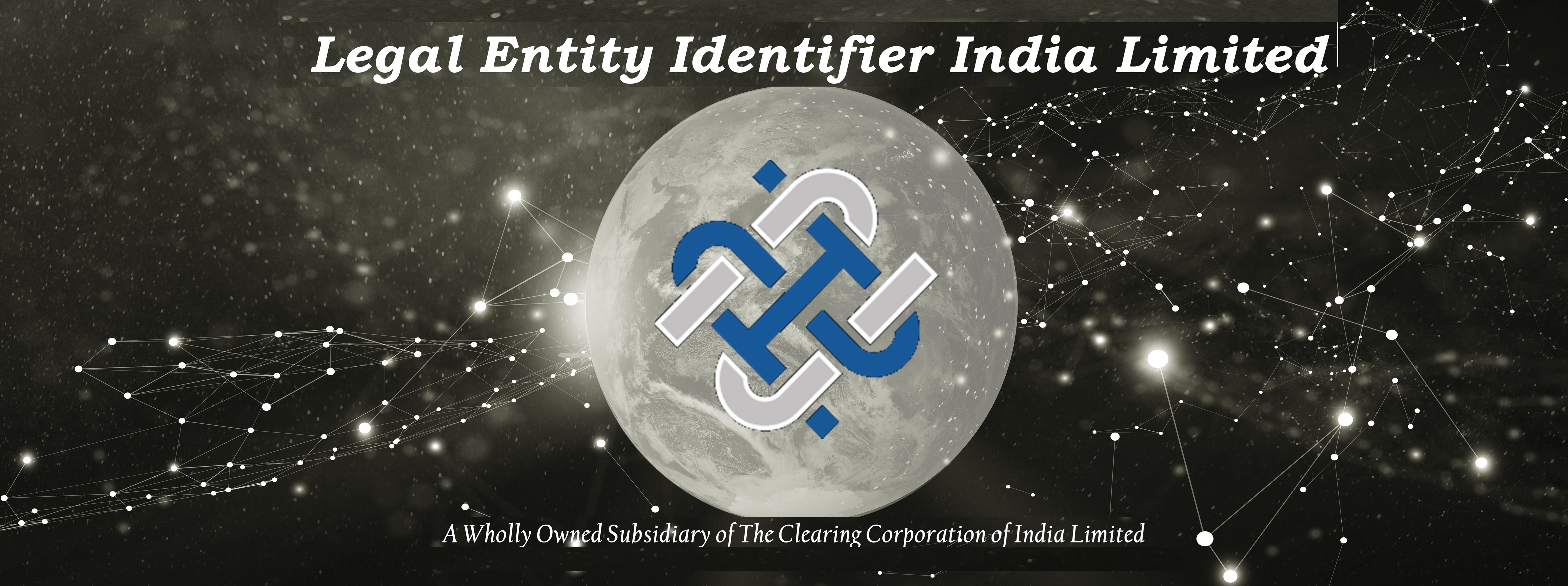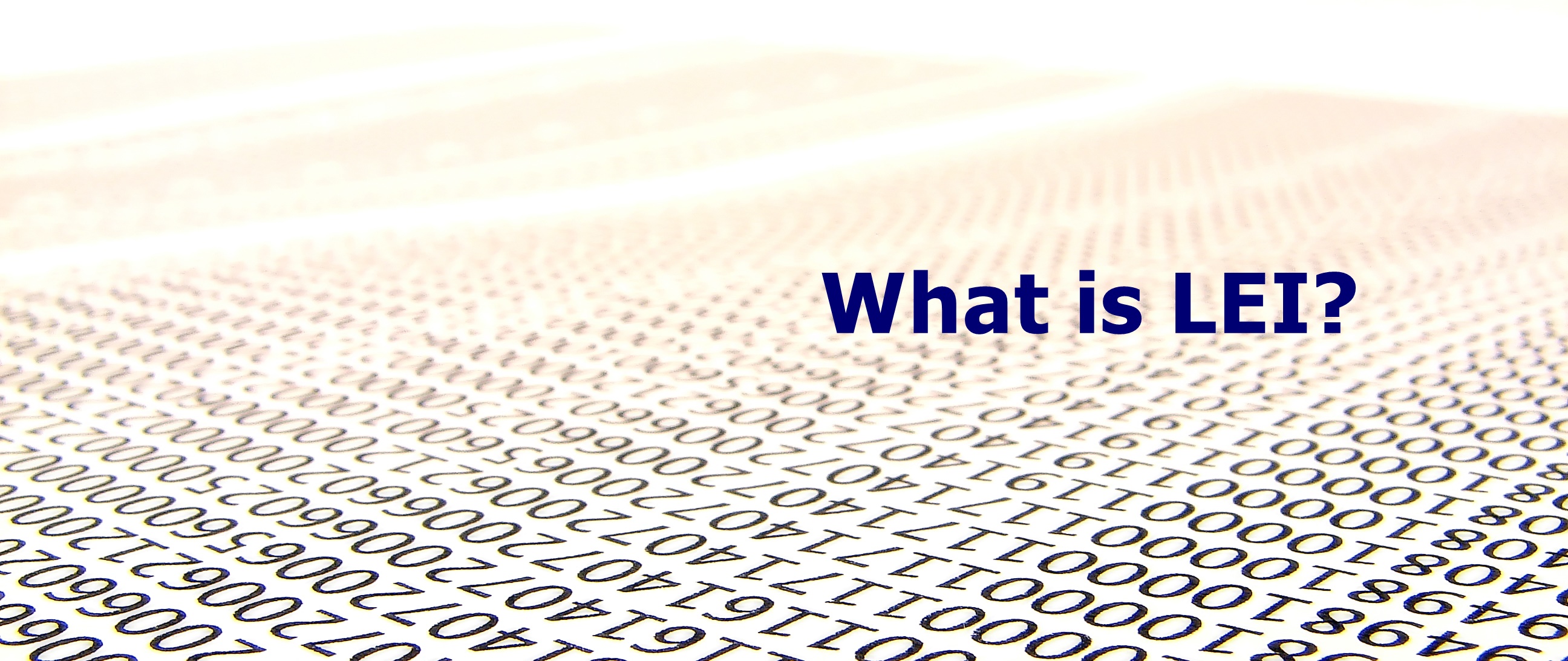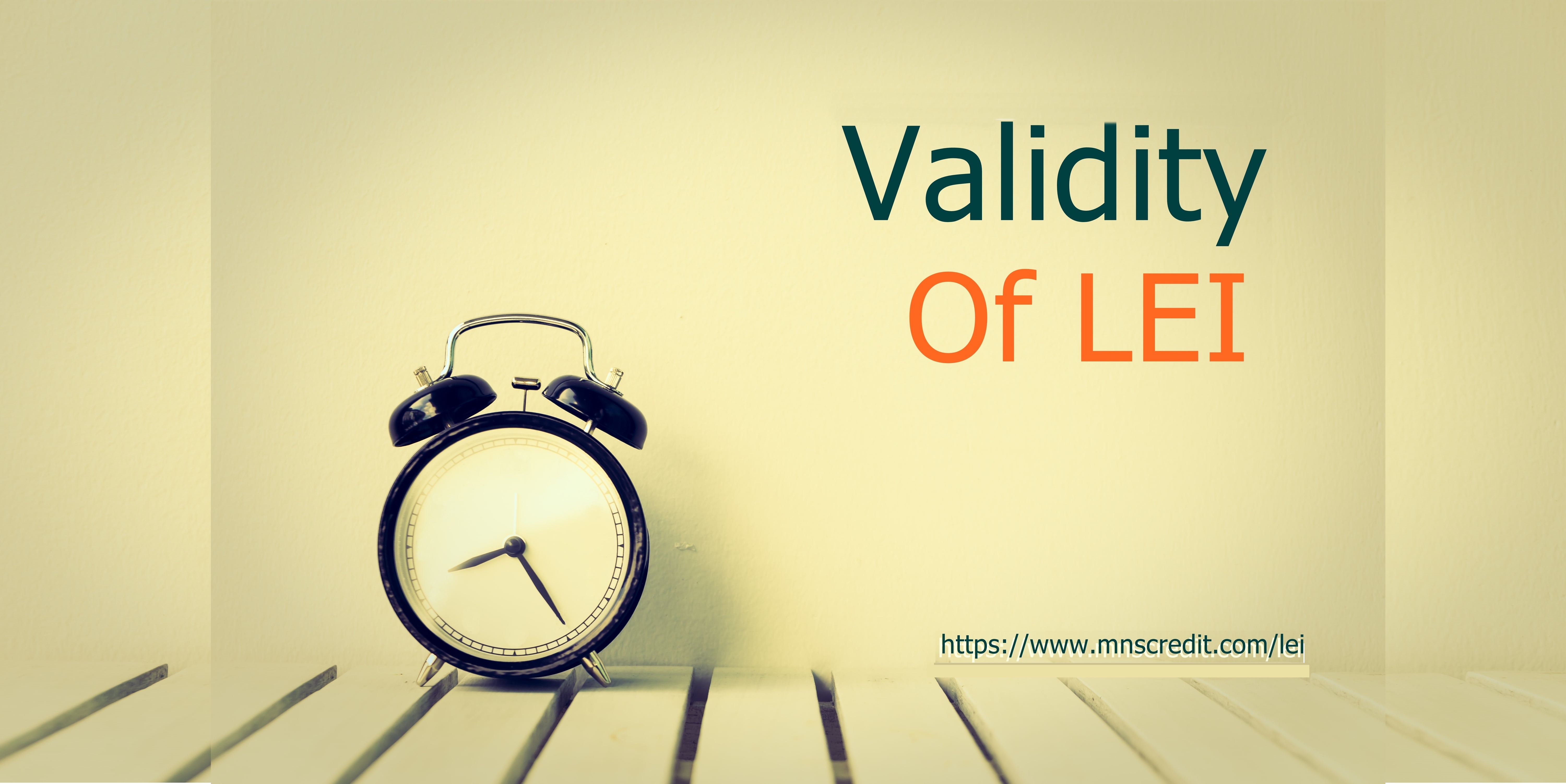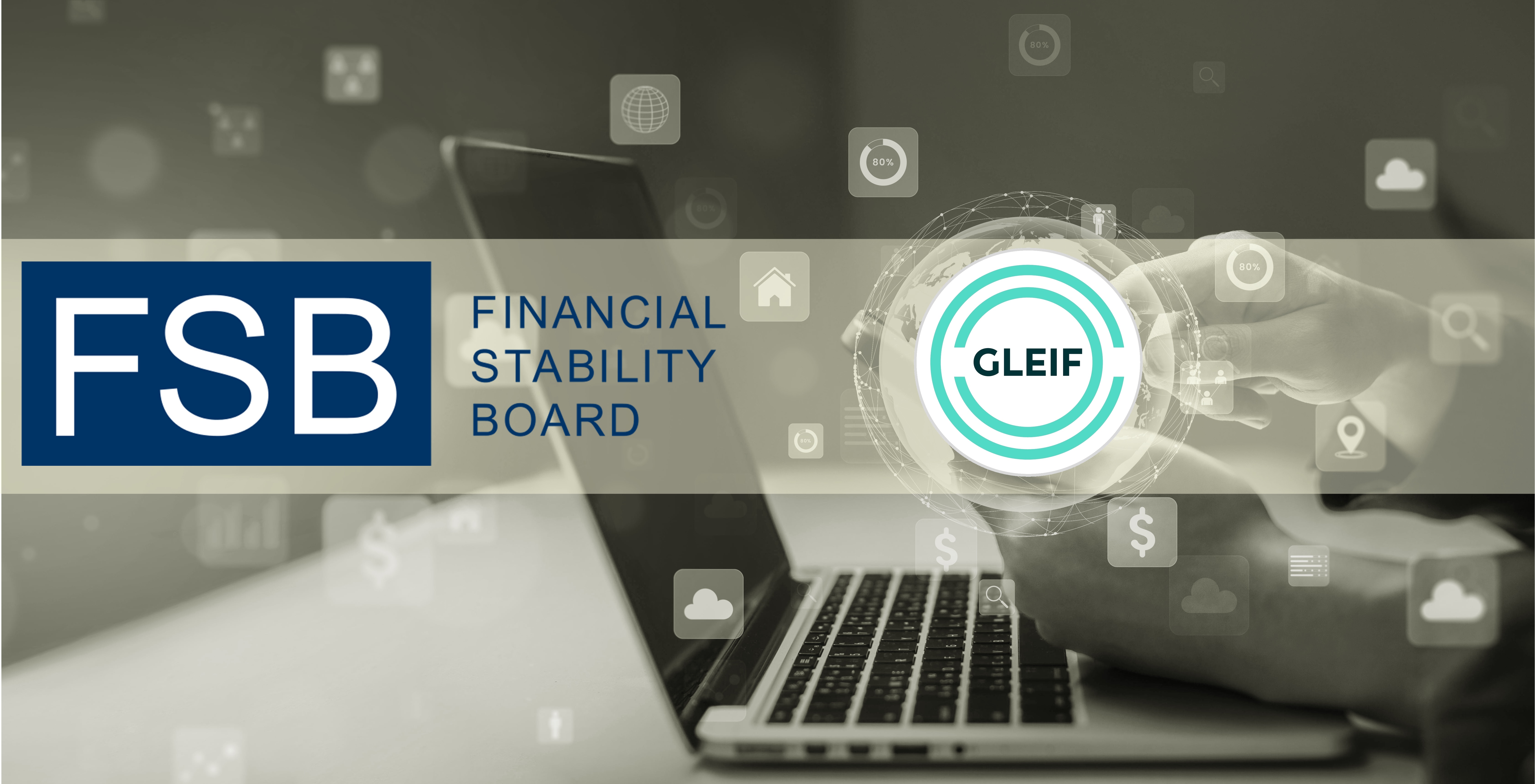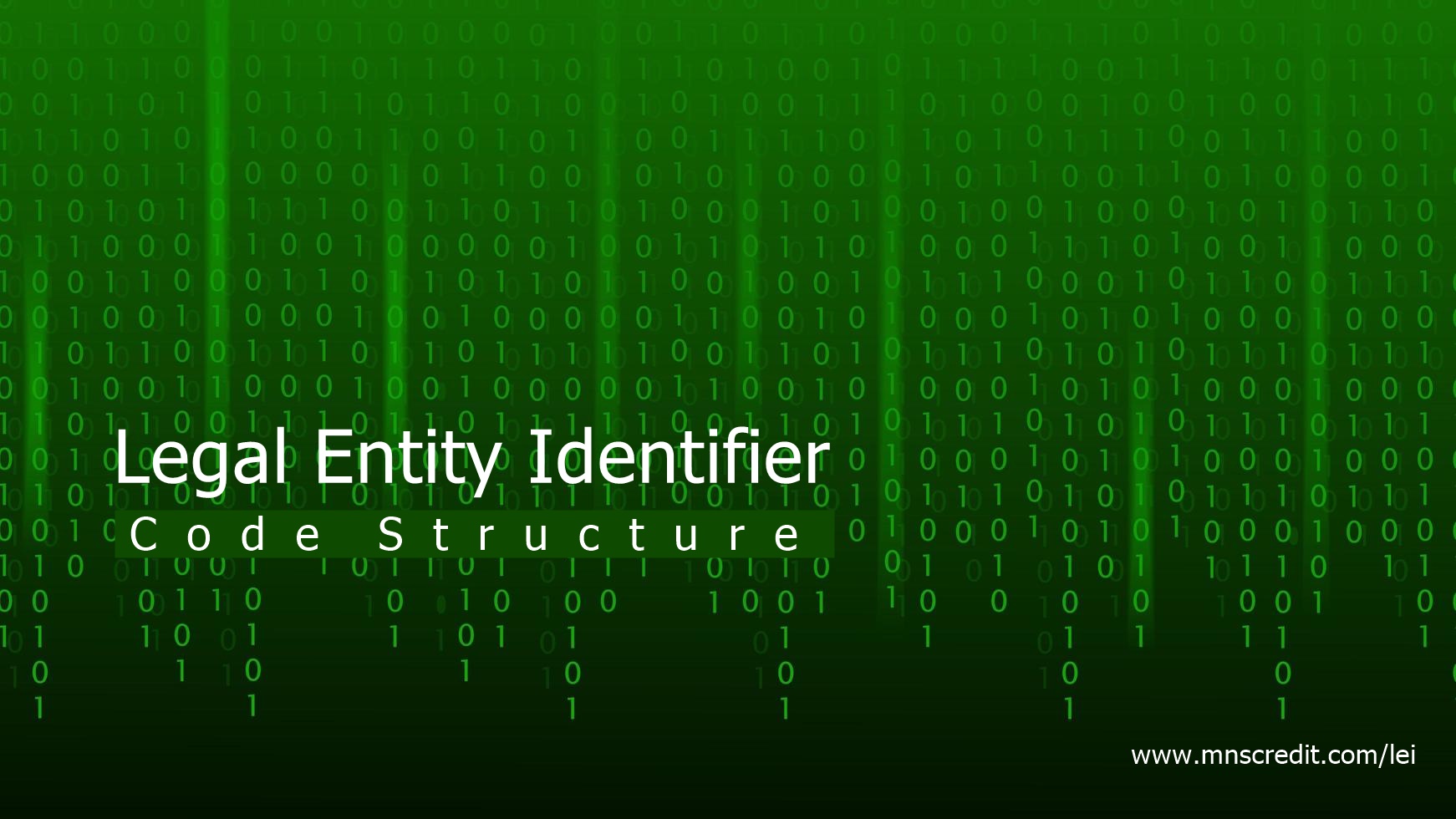India’s Debt collection business is primed for even greater transformation in 2022, which should come as no surprise. The latest modification to Reg F, lenders’ digital-first strategy to engaging with consumers, and the improving economy are all going to make things more difficult for third-party collectors. Changes in customer behavior and the termination of industry-specific moratoriums are exacerbating the situation.
So, what are the most essential trends to watch for in your industry? The four important trends listed below will set the setting for and have an impact on, the fast-changing landscape. Keep track of these items if you’re a developing collecting company to strengthen your operations, increase productivity, and improve client satisfaction.
Digital debt collection in India improves efficiency and collection technology trend rates even in remote places while lowering recovery costs and reducing delinquencies.
By assuring wider coverage and simply connecting rates, debt collection automation software can simplify collection operations and increase operational efficiency especially when we talk about B2B Collection.
The effective delivery of greater Promise-to-Pay (PTP) rates can be accomplished via intelligent debt collection software following the debt collection industry trends. Automating regular or ineffective tasks, including sending payment reminders, liberates collection agents’ time to handle urgent matters and expedite debt recovery.
A smart outbound system can increase debt recovery up to three or four times. Your bad debts will be drastically reduced as a result, and your P&L statement will appear significantly better.
The days of pursuing consumers with all available means and without using a methodical approach to collect debts, occasionally using unskilled and outsourced labor, appear to be history when one follows automated debt collection technology. Through a larger ecosystem-led push and enablement that involves both the public and private sectors, rural India’s digital transformation is receiving considerable backing. Over the past few years, there have been considerable improvements in connectivity, support infrastructure, and understanding of digital. The epidemic greatly accelerated the adoption of digital debt collection technology, even in rural areas.
Lenders with higher recoveries would gradually contemplate lending to emerging segments and remote places, which have remained outside the credit umbrella for the time being, as collections become more affordable, predictable, and quick. A well-rounded technology-led approach to collecting can help promote financial inclusion in this situation.
“In consumer finance, digitization is on the rise.”
According to a J.D. Power report from 2021, a record 41% of U.S. retail bank customers are now digital-only. Non-cash payments are growing at a rate of 32%, and in 2022, digital payments may eclipse cash payments for the first time. This tendency, together with the growing popularity of the Buy Now/Pay Later (BNPL) lending model, will have a direct impact on debt repayment patterns which is famously practiced as Debt Recovery rather b2b debt recovery using a collection agency in India. So, what are the options for B2B collection software in India? To fulfill evolving client expectations, they should take a dramatic swing toward digitization.
The use of self-service channels has climbed by 20% since the epidemic began, according to Boston Consulting Group, and this trend is expected to continue in 2022. However, it is still too early to implement a full-fledged “digital-only” collection plan. A text message or an email may be OK in the early phases, but too passive in the later stages for many consumers. Revisiting your infrastructure, data analytics, and automation initiatives is an excellent place to start when developing an effective multichannel contact strategy.
One can always connect for quick tools that are not only user-friendly in terms of b2b debt recovery and debt collection India. This would allow consumers of all ages better manage their accounts while also eliminating manual work for your agency.
Ensure a consistent customer experience in India across all channels, including debt collection SMS, email, chat, and phone.
Use your Speech Analytics findings to better understand consumer sentiment and preferred channels.
This has been a big challenge that to Collect unpaid accounts internationally, the Consumer Financial Protection Bureau (CFPB) has proposed new rules that require agencies to refer to the model validation notice and limit the number of calls made each week. As a result, as a collection agency, you must devise a consumer contact approach that is both sympathetic and productive from a commercial aspect. You may enhance your time-to-repayment, liquidation rates, and customer satisfaction by getting it right (CSAT).
Real-time speech technologies can help you enhance your QA and identify better ways to guide and teach agents for better client experiences in your quest to embrace a “consumer-first strategy.” Here, using big-data analytics to segment customers can help you engage with them more effectively while maintaining a human touch.
According to a new report, over 60% of debt collection firms believe hiring and maintaining personnel is “very difficult.” The monthly leave rate in 2021 was 2.9 percent, indicating that staffing is a concern in most businesses. Unfortunately, the skills shortage will not only persist but will worsen until 2022 as a result of the rising demand for people to help agencies cope with the increased workload.
In this situation, businesses must increase their hiring efforts while also making the most of their existing agents through better segmentation and resource allocation tactics.
If yes, make a list of questions for the selection of Production Management, Transition Management, Compliance and Performance, Resource Management, and SOPs practises.
The first quarter of 2022 has concluded, but according to a McKinsey report from December 2020, roughly 10% more people will utilize mobile banking technologies after the COVID-19 epidemic.
That trend is affecting the way debt collectors work now, according to the firm that specializes in accounts receivables and debt collections by leveraging artificial intelligence and other technology.
The world of debt collections has changed in recent years as a result of the COVID-19 outbreak. To be competitive and satisfy evolving customer expectations, debt collection companies need embrace digital.
Starting with the digital-first strategy that finance businesses and other credit providers should use when their customers fall behind on their payments.
For decades, the debt collection sector has used a phone-first technique, relying on the customer’s availability and willingness to respond to the debt collection action. Over time, this has resulted in a terrible customer experience that is frequently unpleasant, prompting the customer to feel frustrated, angry, and ashamed. Lenders’ attitudes have shifted as a result of digital collection techniques. It has successfully engaged customers by removing negative thoughts and emphasizing that the lenders are there to assist them. It has created a mutually beneficial relationship between the customer and the lender.
Customers frequently demand self-serve choices when it comes to account management, according to the McKinsey poll regarding what individuals may do with their devices.
With the development of technical tools over the past few decades, debt collection trends have undergone a significant evolution. These aid in the more effective management of debt recovery for collection agencies and private creditors. Debt collection used to be a call-and-respond business exclusively. However, this method of operation resulted in a plethora of mistakes and miscalculations, which frequently led to court disputes that had serious repercussions for both the debtors and the collectors.
While debt defaults still have severe consequences and are sometimes accompanied by high fines, automation in debt collection offers a solution.
AI-powered automation has been around for a while, and with ongoing developments in machine learning capabilities developed by computer experts, its applicability for various industries is truly limitless.
Returning to the debt collection sector, automation now plays a considerably more significant role than in the past, when it served as a secondary method. The beginning of the automation era for debt collection may be seen in the use of AI tools also.
Customers are increasingly opting for self-service platforms for debt collection repayment and banking in general due to the ease, 24/7 access, and a sense of control over their funds at any time and from any location.
Customers prefer emails or in-app notifications that gently remind them to make timely payments rather being harassed with phone calls at inconvenient times, according to the firm.
Recommended Read:
